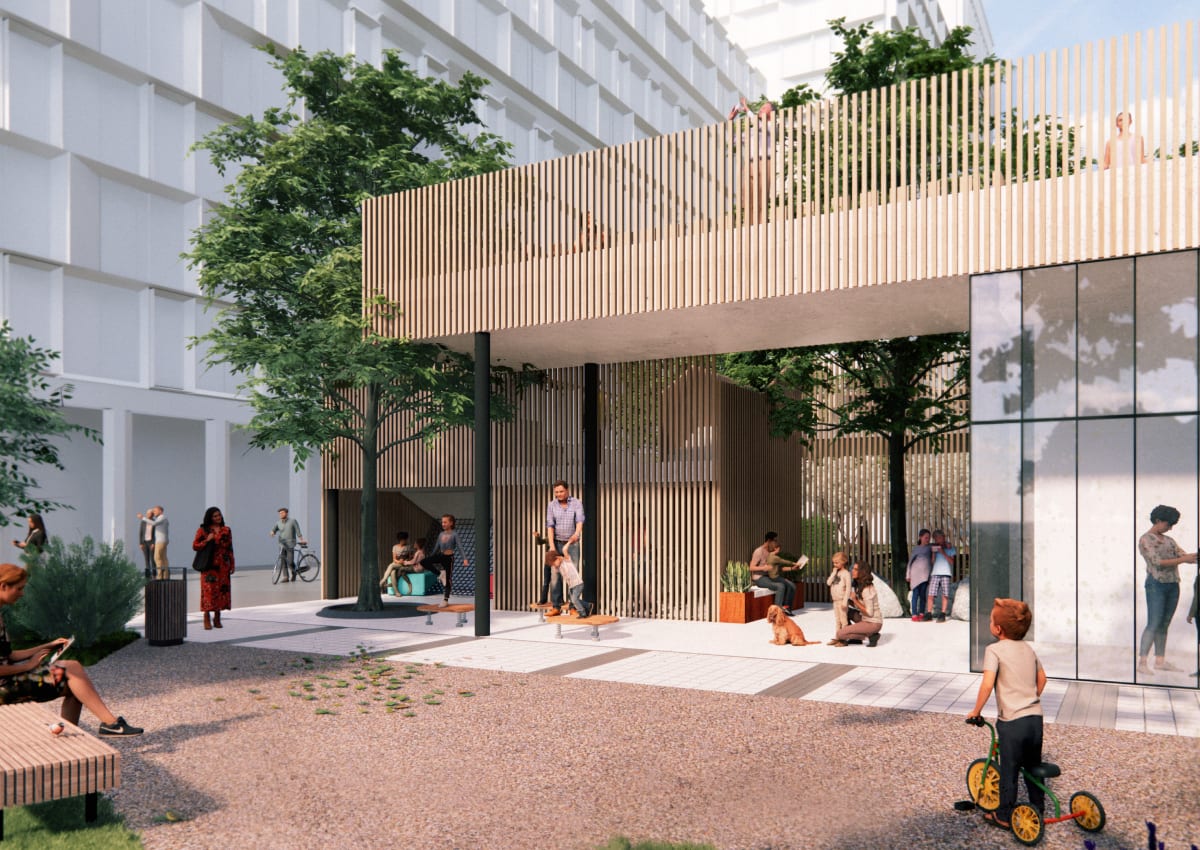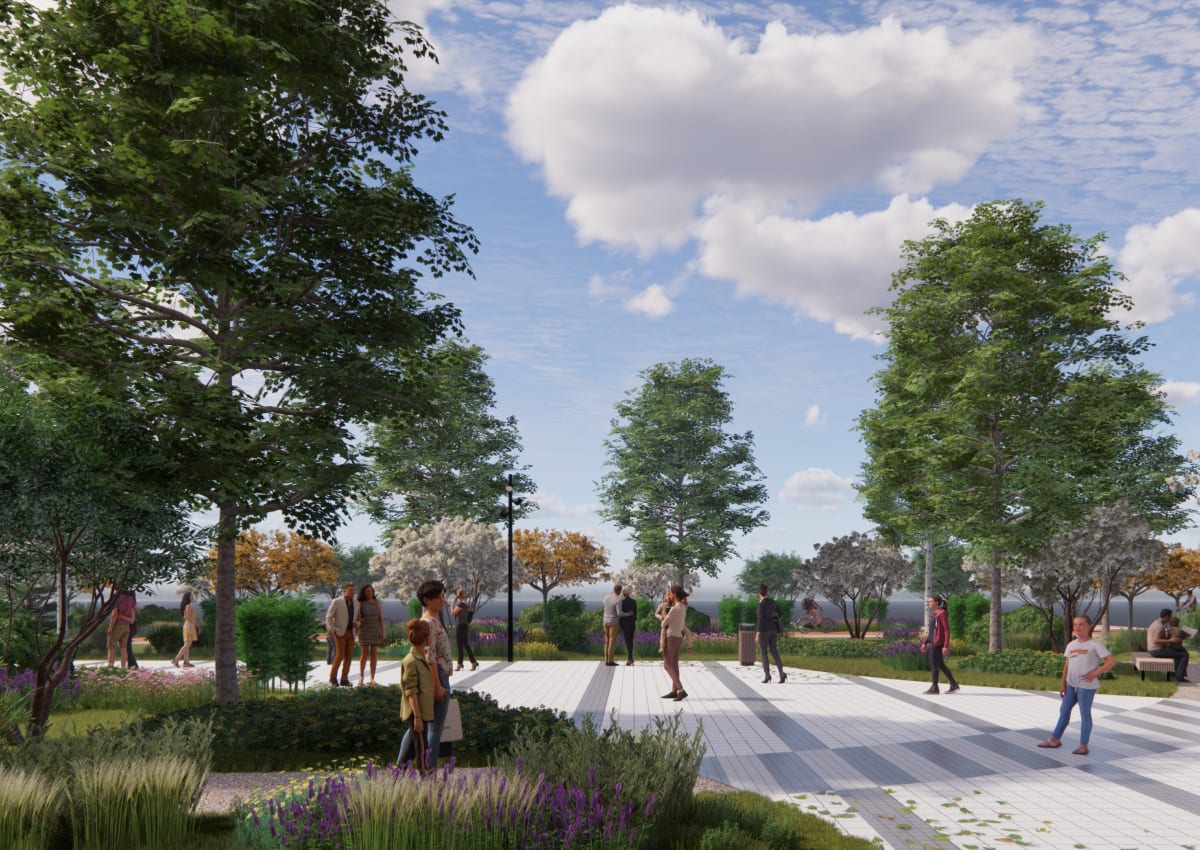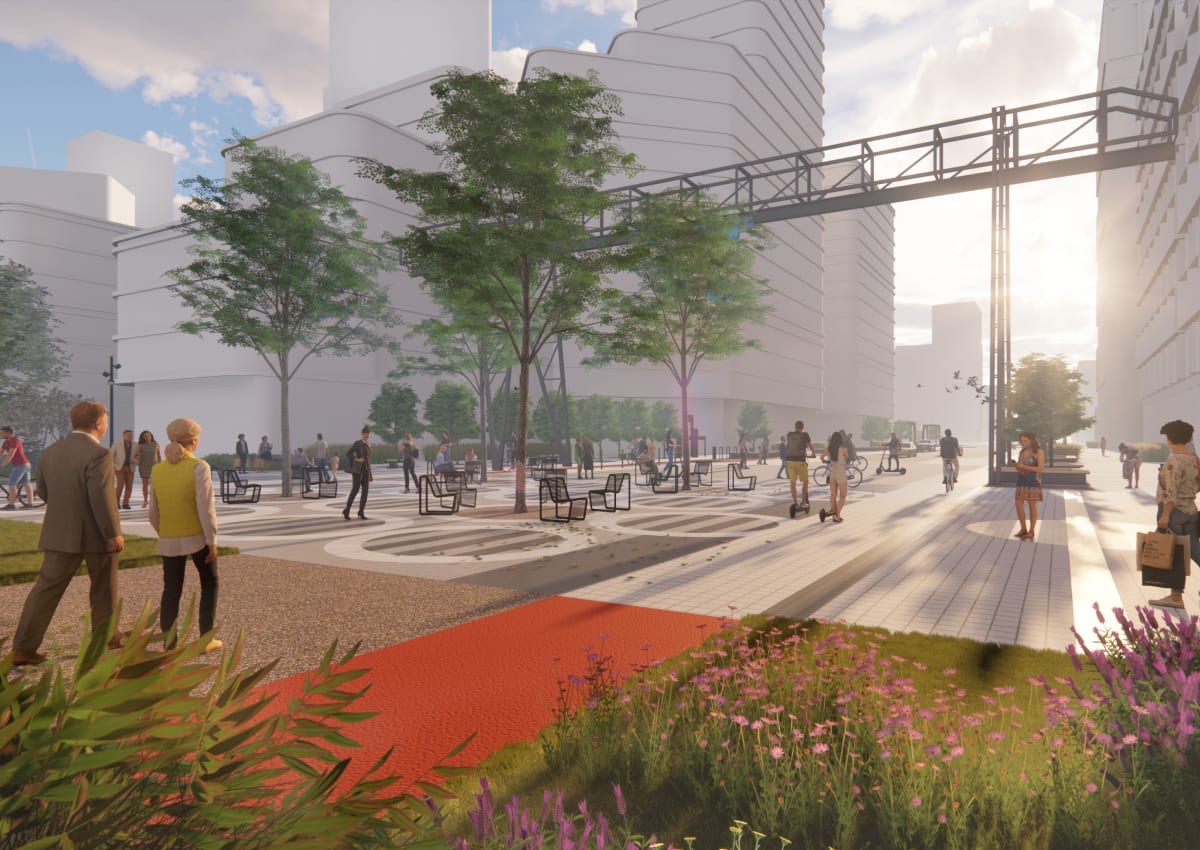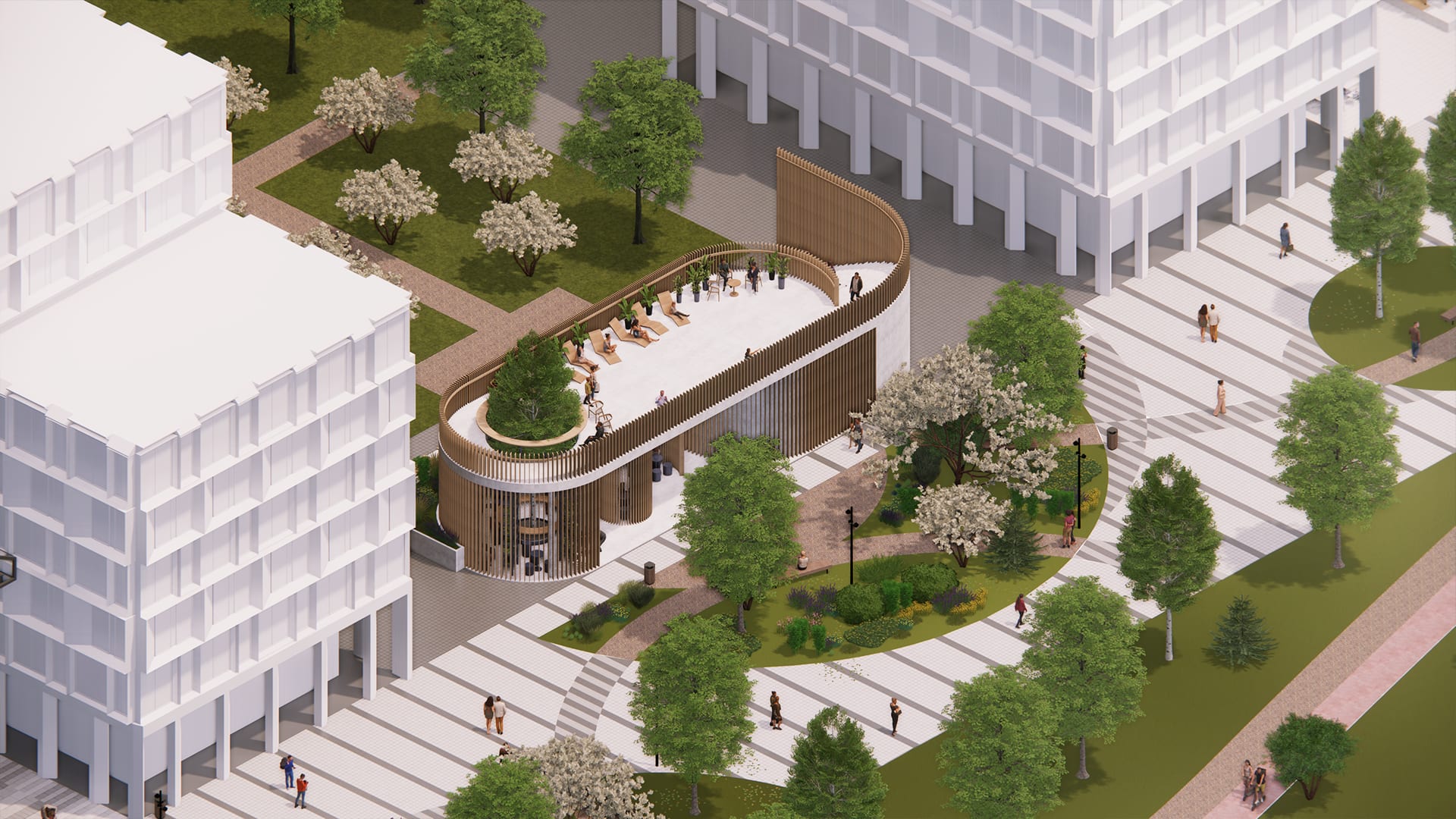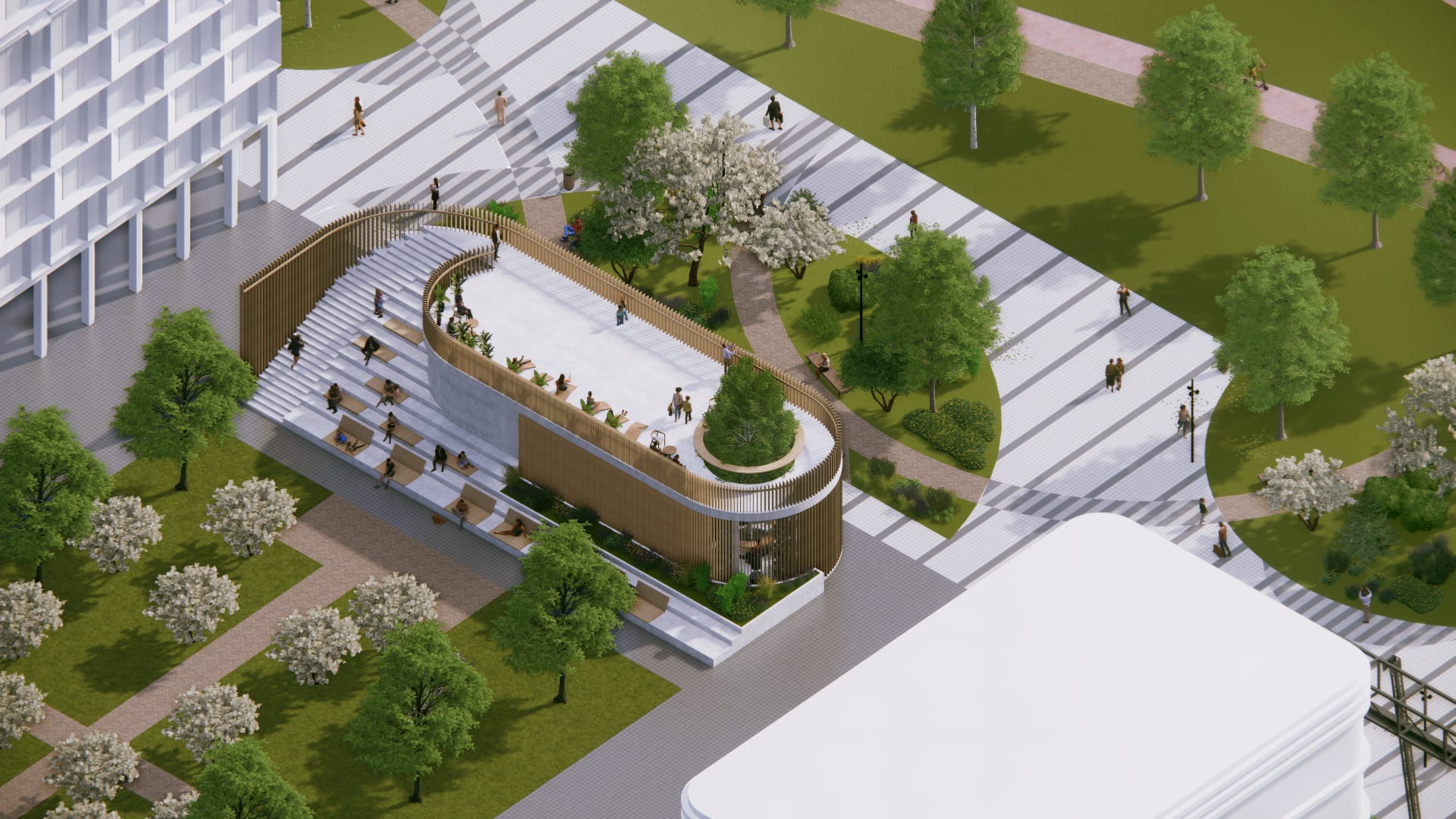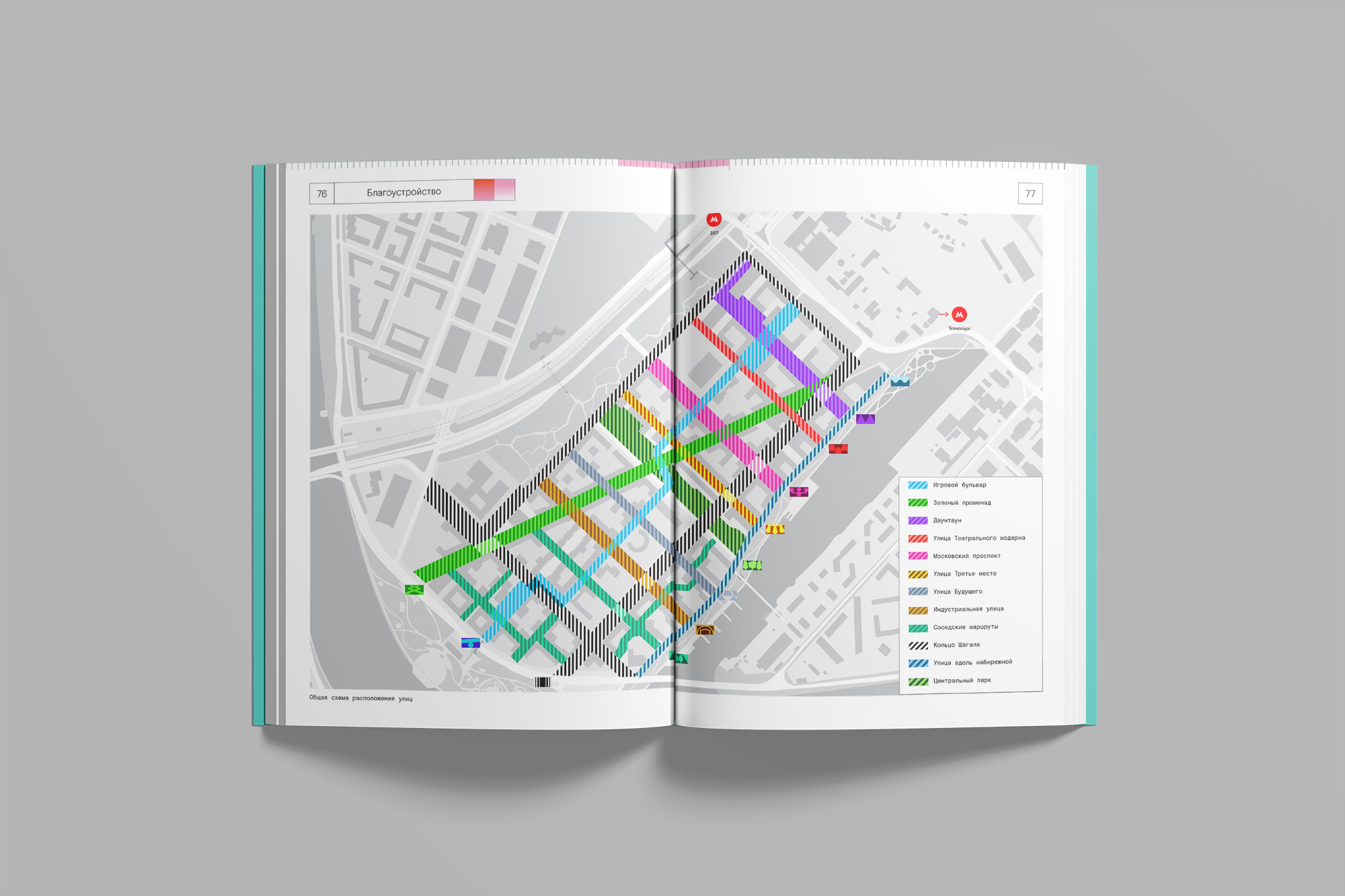shagal: landscaping
11 streets, each with its own character, where you'd want to stroll
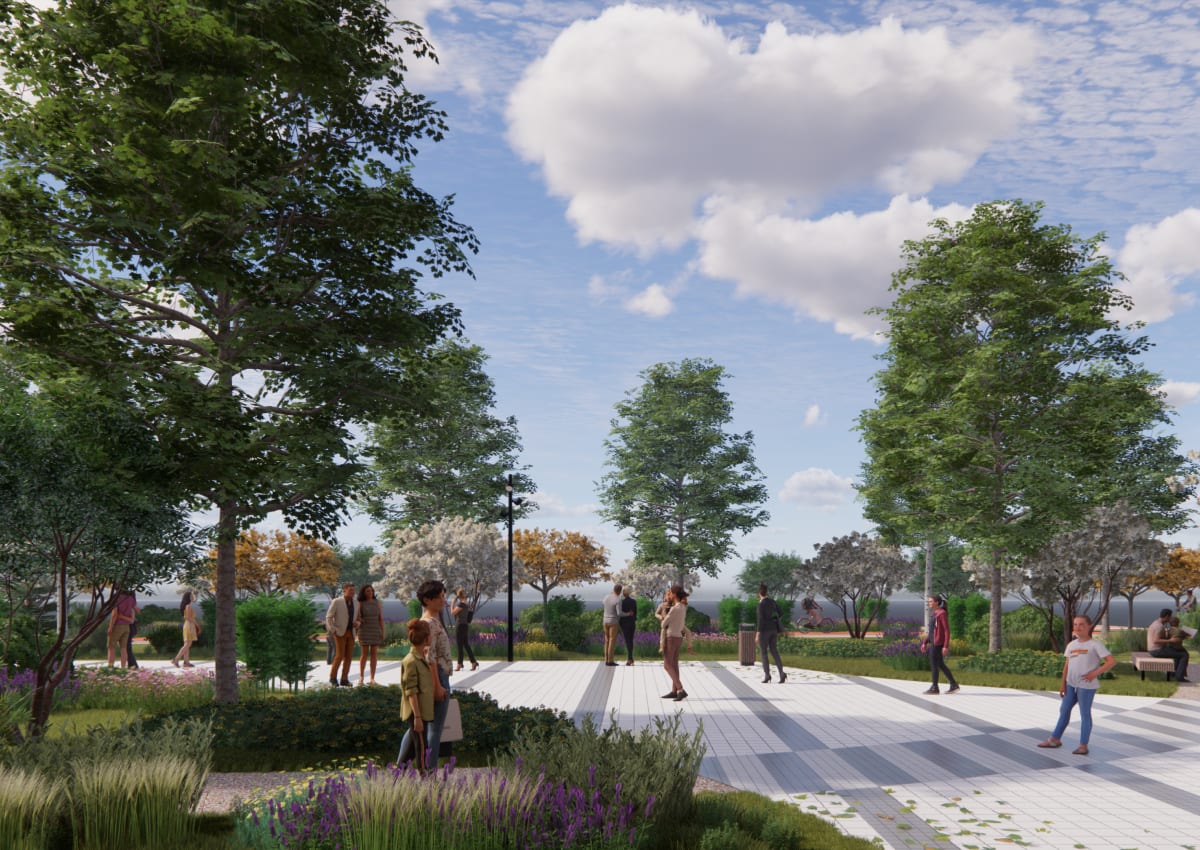
How to create 11 unique streets, each with its own vibe, encouraging residents to walk and explore the area?
Shagal district is the largest residential redevelopment project not only in Moscow but also in Europe. It spans 109 hectares and includes nine phases of construction on the former industrial zone "ZIL-South," set to be completed over 15 years. At the request of Etalon Group, CM International became the authors of a comprehensive strategy for the area’s development, including a plan for organizing and landscaping all the streets in Shagal. Acting as coordinators for the various teams involved in the strategy, we oversaw the entire urban design aspect and developed the concept for one of the district's streets ourselves.
To make the environment unique and engaging, we decided to give each street in Shagal its own distinct identity — some streets are dynamic, while others are more serene. Some reflect the industrial past of the area, while others are futuristic and forward-looking. To achieve this diversity, different teams worked on this part of the strategy. After a large tender process involving more than 20 Moscow-based and regional teams, four were selected based on their alignment with the project's goals:
- Utro Bureau — specialists in children’s spaces and integrated landscaping — took on the central pedestrian boulevard with play areas.
- Ludi Architects focused on designing the most vibrant and characterful streets of the future district.
- Afa Bureau developed green pedestrian routes for the early phases of the district.
- Modul Bureau, known for their modular aesthetic, was chosen to work on the most urbanized and large-scale spaces in the area.
CM International itself became the authors of the design for one of the main routes in the district — the street along the waterfront. This street acts as a showcase for the district: as pedestrians walk along it, they can see almost all of the streets, each with its own character and offerings, and decide where to turn, what journey to embark on, which restaurant or shop to visit. We aimed to create not just a transit street but a linear park, separating the public waterfront space from the private zones for residents.
To achieve this, we planned a series of public spaces and intimate natural spots for rest, arranged diagonally to break the straight line of perspective and create an interesting walking route. Additionally, we developed a new typology of pavilions that enhance the riverfront, bring new functions to the district, and create opportunities for commerce and third spaces within Shagal.
